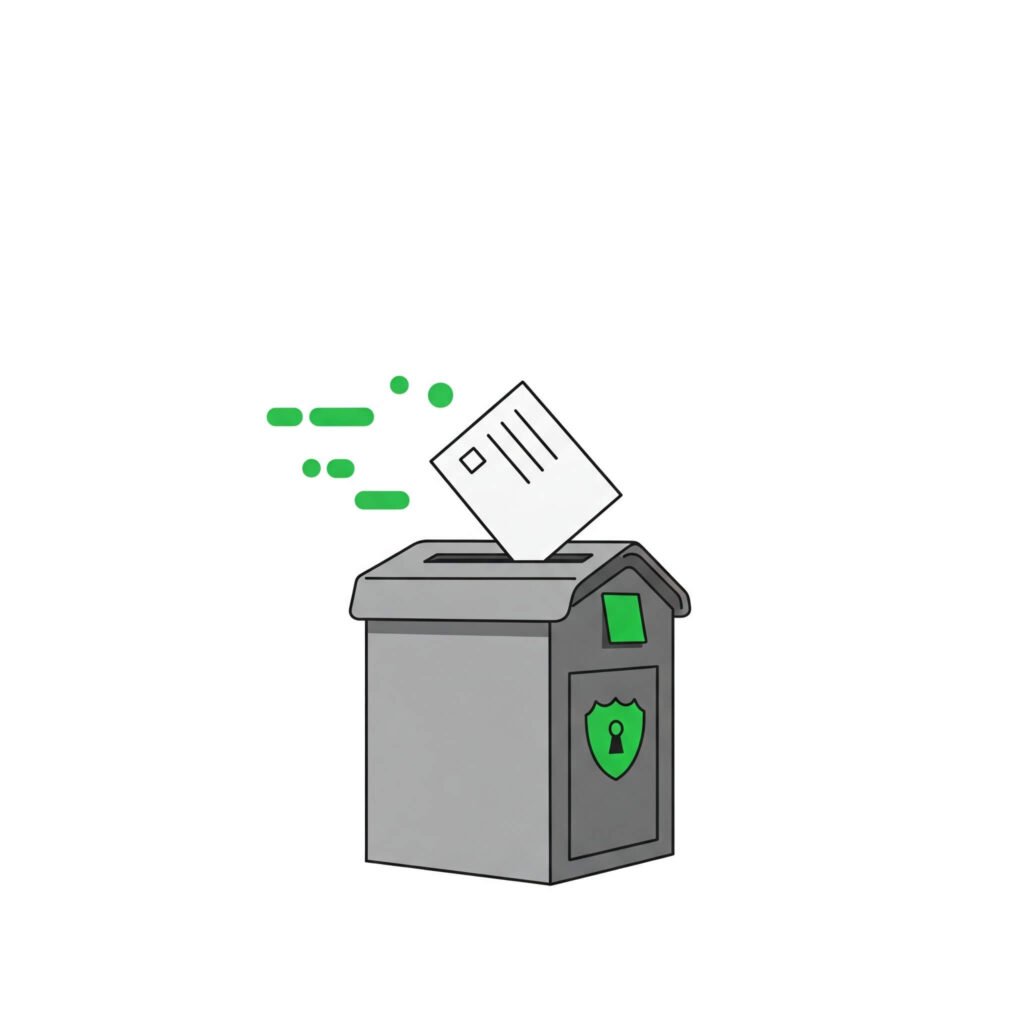Voting by mail in 2025 is a convenient and secure way to make your voice heard without leaving home. Whether you’re busy, traveling, or prefer the ease of casting your ballot from your couch, mail-in voting ensures everyone can participate in democracy. This guide walks you through the process, offering practical tips and insights to make mail-in voting in 2025 seamless.
Why Choose Mail-In Voting in 2025?
Mail-in voting has surged in popularity due to its flexibility and accessibility. According to the U.S. Election Assistance Commission, over 30% of voters used mail-in ballots in recent elections, a trend expected to grow in 2025. It’s ideal for those with mobility challenges, busy schedules, or concerns about in-person voting.

Benefits of Casting Your Ballot from Home
- Convenience: Vote on your schedule, no need to visit a polling place.
- Accessibility: Perfect for voters with disabilities or those living abroad.
- Security: Robust verification processes ensure your vote is counted safely.
- Flexibility: Request ballots for primary or general elections in most states.
Step-by-Step Guide to Mail-In Voting in 2025
Follow these steps to successfully cast your ballot from home. Each state has unique rules, so always check with your local election office for specifics.
Step 1: Register to Vote
Before you can vote by mail, ensure you’re registered. Most states require registration 15-30 days before Election Day, November 4, 2025. Visit your state’s election website, like California’s VoteCal, to register or update your address.
- Confirm your eligibility (e.g., U.S. citizen, at least 18 by Election Day).
- Update your address if you’ve moved to ensure your ballot is sent to the correct location.
Step 2: Request Your Mail-In Ballot
Requesting a mail-in ballot is simple but varies by state. Some require an excuse (e.g., illness or travel), while others offer no-excuse absentee voting. Check USAGov’s absentee voting guide for state-specific rules.
- Online: Many states, like Virginia, allow requests via portals like elections.virginia.gov.
- Mail or In-Person: Submit a paper application to your local election office.
- Deadlines: Request your ballot at least 7-14 days before Election Day to account for mailing times.

Step 3: Fill Out Your Ballot
Once your ballot arrives, read the instructions carefully. Mistakes, like missing signatures, can invalidate your vote. In 2024, over 1% of mail-in ballots were rejected due to errors, so double-check your work.
- Use a black or blue pen to mark your choices.
- Sign and date the return envelope as required.
- Include any additional ID or witness signatures if your state mandates it.
Step 4: Return Your Ballot
Return your ballot by mail or drop it off at a designated location, like a ballot drop box. Check your state’s deadlines—some require ballots to be received by Election Day, while others accept postmarks.
- By Mail: Use the pre-paid envelope provided and mail early to avoid delays.
- Drop Boxes: Secure drop boxes are available in many states for contactless returns.
- In-Person: Some states allow you to submit your ballot at polling places on Election Day.
Step 5: Track Your Ballot
Most states offer tools to track your ballot’s status, ensuring it’s received and counted. Visit your state’s election website or use services like Ballotpedia for tracking links.
- Check if your ballot was mailed, received, and accepted.
- Contact your election office if there are issues, like a missing signature.

Tips for a Smooth Mail-In Voting Experience
To ensure your vote counts, follow these best practices:
- Plan Ahead: Request your ballot early to avoid last-minute stress.
- Read Instructions: Each state’s ballot may have unique requirements.
- Verify Details: Ensure your signature matches your voter registration.
- Use Trusted Sources: Rely on state election offices for accurate information, like NASS’s CanIVote.org.
- Stay Informed: Follow updates on 2025 elections via nonpartisan guides like Guides.vote.
Common Questions About Mail-In Voting in 2025
Is Mail-In Voting Secure?
Yes, mail-in voting is highly secure. States use barcodes, signature verification, and voter ID checks to prevent fraud. The U.S. Election Assistance Commission reports that election officials maintain strict protocols to ensure every vote is counted accurately.
Can I Vote In-Person If I Requested a Mail-In Ballot?
In most states, you can vote in-person even if you received a mail-in ballot. Bring your uncast ballot to the polling place to exchange it or follow state-specific procedures.
What If I Miss the Ballot Request Deadline?
If you miss the deadline, check if your state offers same-day voter registration or in-person voting options. California, for example, allows conditional voter registration up to Election Day.
Why Mail-In Voting Matters in 2025
The 2025 elections include critical races, such as gubernatorial elections in New Jersey and Virginia, plus numerous local offices. Casting your ballot from home ensures you have a say in shaping your community and nation. For example, in Norman, Oklahoma, a mayoral election saw a Democratic gain, highlighting the impact of voter turnout.

